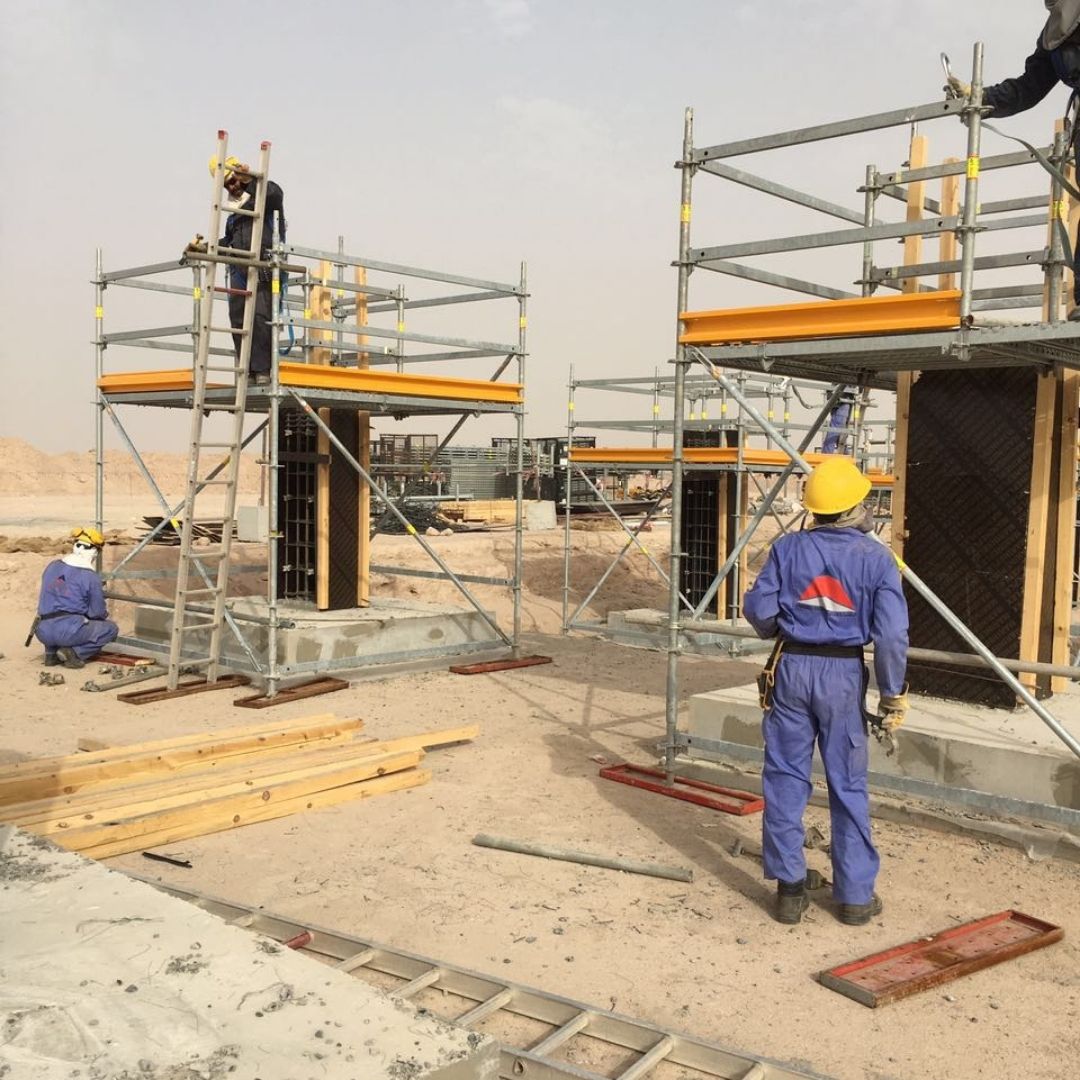
Innovations in Fireproofing and Protective Coatings
Fireproofing and protective coatings play a crucial role in ensuring the safety and longevity of structures and materials exposed to extreme heat and fire hazards. Over the years, advancements in technology have led to the development of highly effective fireproofing solutions that offer enhanced protection, durability, and environmental sustainability. At Combined General, we aim to explore the latest innovations in fireproofing and protective coatings that are transforming industries.
1. Advanced Intumescent Coatings
-
Intumescent coatings are widely used in the construction and industrial sectors for passive fire protection.
-
These coatings swell upon exposure to high temperatures, forming an insulating char layer that protects the substrate.
-
Recent innovations have led to the development of ultra-thin, fast-reacting intumescent coatings that offer superior fire resistance with minimal aesthetic impact.
-
Example: Hybrid intumescent coatings with nanoparticle additives improve thermal insulation and extend protection time.
2. Fire-Resistant Concrete Additives
-
Traditional concrete has limited fire resistance, making it susceptible to cracking and spalling under extreme heat.
-
Modern fire-resistant additives, such as polypropylene fibers and geopolymer binders, enhance the fire resilience of concrete structures.
-
These additives prevent thermal degradation and structural failure, making them ideal for high-rise buildings, tunnels, and bridges.
-
Example: Fiber-reinforced concrete used in metro stations to withstand prolonged fire exposure.
3. Ceramic-Based Fireproof Coatings
-
Ceramic coatings provide exceptional heat resistance and thermal insulation, making them ideal for aerospace, automotive, and industrial applications.
-
These coatings can withstand temperatures above 1000°C while maintaining their protective properties.
-
Advanced formulations include zirconia-based coatings that enhance durability and resistance to oxidation.
-
Example: Thermal barrier coatings in jet engines to improve fuel efficiency and safety.
4. Fire-Retardant Nanotechnology
-
Nanotechnology has revolutionized fireproofing by enabling the development of highly efficient flame-retardant materials.
-
Nano-coatings and nanocomposites offer improved adhesion, flexibility, and resistance to extreme temperatures.
-
Some nanomaterials act as oxygen barriers, preventing combustion and slowing the spread of flames.
-
Example: Graphene-enhanced fireproof coatings used in electronics and battery protection.
5. Eco-Friendly Fireproofing Solutions
-
Traditional fireproofing materials often contain toxic chemicals that pose environmental and health risks.
-
Modern eco-friendly alternatives use non-toxic, biodegradable, and water-based formulations.
-
These green solutions provide fire resistance without emitting harmful fumes or pollutants.
-
Example: Plant-based flame retardants used in textiles and furniture to enhance safety without compromising sustainability.
6. Self-Healing Fireproof Coatings
-
Recent research has led to the development of self-healing coatings that can repair minor damage and maintain their fire-resistant properties.
-
These coatings incorporate microcapsules filled with fire-retardant agents that release upon impact or heat exposure.
-
Self-healing technology enhances durability and extends the lifespan of fireproof coatings.
-
Example: Aerospace applications where structural integrity is critical in extreme environments.
7. Smart Fireproofing Coatings with Sensors
-
The integration of smart sensors into fireproof coatings allows real-time monitoring of temperature, structural integrity, and fire exposure.
-
These coatings can trigger alarms or activate fire suppression systems when detecting hazardous conditions.
-
Advanced formulations include color-changing coatings that visually indicate heat exposure levels.
-
Example: Fire-detection coatings used in industrial plants to prevent catastrophic failures.
8. High-Performance Fireproofing for Steel Structures
-
Steel is a widely used construction material but loses its strength rapidly at high temperatures.
-
New high-performance fireproofing solutions, such as ultra-thin spray-applied fire-resistant materials (SFRMs), provide enhanced protection while minimizing weight and thickness.
-
Innovations in phase-change materials (PCMs) also help regulate temperature and prevent structural collapse.
-
Example: Fireproof coatings in skyscrapers to comply with stringent safety regulations.
Conclusion
Innovations in fireproofing and protective coatings continue to push the boundaries of safety and efficiency. From intumescent coatings to nanotechnology-driven solutions, these advancements are reshaping industries by providing superior fire resistance, durability, and sustainability. At Combined General, we are committed to staying at the forefront of these developments to ensure optimal protection for infrastructure, assets, and lives.
For more information on cutting-edge fireproofing solutions, contact us at contact@combinedgeneral.com.



